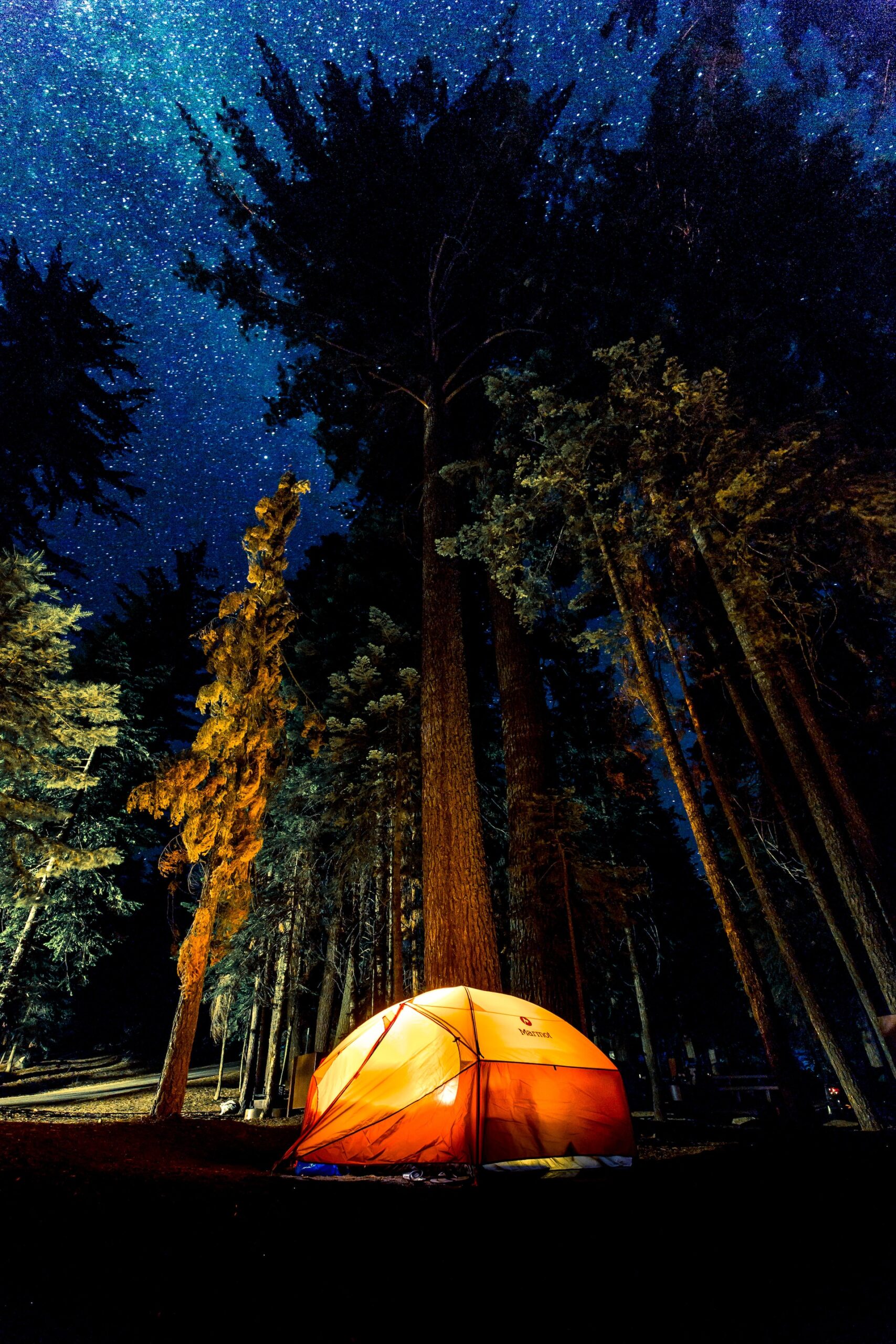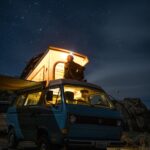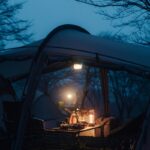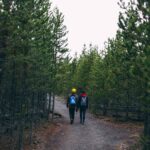The Core Differences Between Camping and Glamping
In the world of outdoor accommodations, camping and glamping reign as two popular but distinct pastimes. Traditional camping draws people back to the basics. Campers set up tents, build fires, and cook meals outdoors using limited tools and amenities. Accommodations range from simple tent setups to leisurely RV campsites, as seen in the Adirondacks region.
On the other hand, glamping, short for glamorous camping, offers a more refined experience. It melds the adventure of camping with the amenities comparable to hotel accommodations. Glampers enjoy the company of nature without forfeiting the comforts of home—comfortable beds, en-suite toilets, air conditioning, and even WiFi available in lavish tents, cabins, or yurts.
Advantages of Camping for Family Bonding and Activities
Camping is a throwback to simpler times, promoting hands-on engagement with nature. This serves as an opportunity for families to disconnect from digital distractions and bond over various outdoor activities. Building a fire, cooking meals, hiking, or stargazing can encourage teamwork and collaboration, strengthening family connections.
A family camping trip on Lopez Island, for instance, illustrates how such experiences leave lasting memories. Children can participate in wildlife-spotting and nature-oriented scavenger hunts, fostering their curiosity and love for the outdoors. Even tasks like pitching a tent or gathering firewood become valuable learning experiences, instilling self-reliance and survival skills.
The Luxurious Touch of Glamping
For those who desire nature’s serenity without the ruggedness, glamping offers an appealing alternative. Glamping sites come equipped with high-quality beds, private bathrooms, electricity, and often, climate control. They offer on-demand meals, nightly entertainment, and sometimes even massages, bringing a luxurious touch to wild settings.
Glampsites in the Adirondacks, for example, offer spacious safari tents nestled amidst the woods, with plush queen beds and a wood-burning stove, creating a cozy ambiance while providing uninterrupted views of nature.
Camping vs. Glamping: Which is More Suitable for Your Family?
The choice between camping and glamping often hinges on personal preferences and comfort needs. Families seeking adventure and value skills-building opportunities might favor camping. Conversely, families who want to enjoy nature with a dose of luxury may opt for glamping.
Budget also factors into the decision. Traditional camping is usually less costly, whereas glamping offers a premium experience at a higher price point. The bottom line is appreciating nature and spending quality time as a family—whether that means roughing it or enjoying streamlined conveniences in a relaxed setting.
Tips for Planning Your Ideal Family Outdoor Experience
Planning ahead is vital for a successful outdoor adventure. Here are some practical tips:
- Book your campsite or glampsite well in advance, especially during popular vacation periods.
- Pack essentials, including weather-appropriate clothing, first-aid kit, and food and water.
- Research the campsite or glampsite ahead of time to familiarize yourself with available facilities and nearby activities.
- Prioritize safety. Ensure everyone understands and follows safety rules, especially around fire and wildlife.
- Choose activities that will engage all ages, promoting family bonding and making the experience memorable for everyone.
Camping and glamping each offer unique ways to engage families in outdoor adventures. Whether you prefer the rustic charm of camping or the modern luxuries of glamping, both provide an opportunity to bond and create lasting memories with loved ones.




